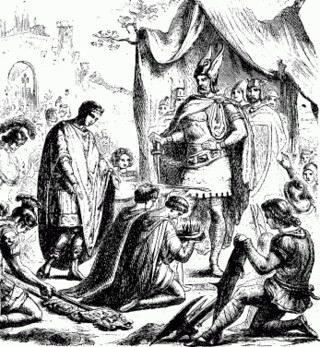This article relies largely or entirely on a single source .(August 2018) |
| Millennium: | 1st millennium |
|---|---|
| Centuries: | |
| Decades: | |
| Years: |
| 465 by topic |
|---|
| Leaders |
| Categories |
| Gregorian calendar | 465 CDLXV |
| Ab urbe condita | 1218 |
| Assyrian calendar | 5215 |
| Balinese saka calendar | 386–387 |
| Bengali calendar | −128 |
| Berber calendar | 1415 |
| Buddhist calendar | 1009 |
| Burmese calendar | −173 |
| Byzantine calendar | 5973–5974 |
| Chinese calendar | 甲辰年 (Wood Dragon) 3162 or 2955 — to — 乙巳年 (Wood Snake) 3163 or 2956 |
| Coptic calendar | 181–182 |
| Discordian calendar | 1631 |
| Ethiopian calendar | 457–458 |
| Hebrew calendar | 4225–4226 |
| Hindu calendars | |
| - Vikram Samvat | 521–522 |
| - Shaka Samvat | 386–387 |
| - Kali Yuga | 3565–3566 |
| Holocene calendar | 10465 |
| Iranian calendar | 157 BP – 156 BP |
| Islamic calendar | 162 BH – 161 BH |
| Javanese calendar | 350–351 |
| Julian calendar | 465 CDLXV |
| Korean calendar | 2798 |
| Minguo calendar | 1447 before ROC 民前1447年 |
| Nanakshahi calendar | −1003 |
| Seleucid era | 776/777 AG |
| Thai solar calendar | 1007–1008 |
| Tibetan calendar | 阳木龙年 (male Wood-Dragon) 591 or 210 or −562 — to — 阴木蛇年 (female Wood-Snake) 592 or 211 or −561 |

Year 465 ( CDLXV ) was a common year starting on Friday (link will display the full calendar) of the Julian calendar. At the time, it was known as the Year of the Consulship of Hermenericus and Basiliscus (or, less frequently, year 1218 Ab urbe condita ). The denomination 465 for this year has been used since the early medieval period, when the Anno Domini calendar era became the prevalent method in Europe for naming years.


